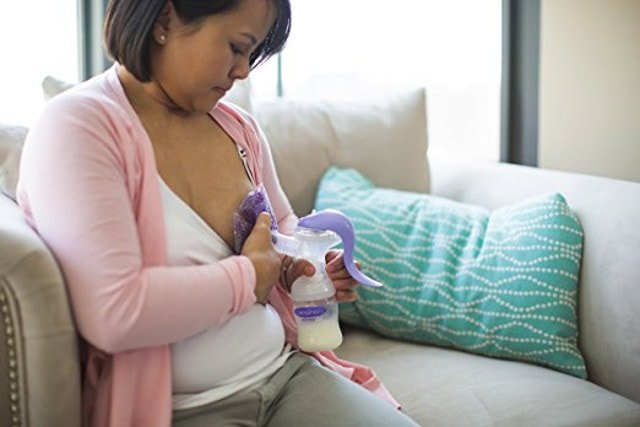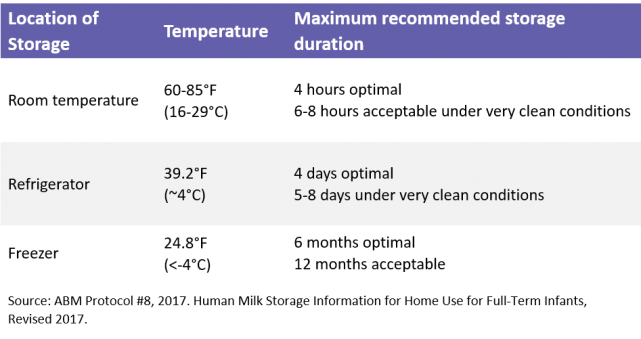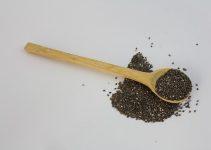 Breast milk, also known as liquid gold to some, is amazing. It can do things from keeping your baby fed to helping them overcome illness. As a new mom or even an experienced one, you can even see the differences when pumping and storing the milk.
Breast milk, also known as liquid gold to some, is amazing. It can do things from keeping your baby fed to helping them overcome illness. As a new mom or even an experienced one, you can even see the differences when pumping and storing the milk.
There are articles and videos that show the difference in milk production when an infant or child is sick. It changes to include more or less of whatever that child needs in order to get them healthy.
They also use stored or fresh breast milk to put in children’s eyes or ears when there is an infection.
Basically, you know that breast milk is a wonder of the human body (however, that being said, fed is best as long as your child is eating and they are growing it doesn’t matter how they are eating).
But once you begin the pumping and the storing process you’ll want to ensure that you are doing so correctly, because failure to store milk properly could mean the difference between a healthy child and a child that is having health issues.
Let’s learn the proper storage techniques for the milk.
How Much Do You Need to Store?
It really depends on the age of the baby. Newborns need a lot less (but more often), than a child of six months who eat more but less often.
From when you first bring your bundle of joy home to when they are a few weeks old, their intake will increase substantially.
According to research reviewed by Kelly Mom, babies that are fed exclusively breast milk ingest about 25oz per day, and this remains the same between months one to six, however it can go up to 30oz per day as well.[1]
So you should consider if you are going to be going away that you need at least 30oz of breast milk stored for them on a daily basis, which takes into account if they are going through a growth spurt (which will likely mean they will eat more).
Even when they start eating solid foods, you’ll still want the majority of their nutrition to come from breast milk through the entire first year of their lives.
What Kind of Pump Should you Use and How Often to Pump
While this may be an article primarily about storing breast milk, it’s understandable that as a new mom you’ll want to get as much information from one source rather than going to a whole lot of other sources. But this will be brief.
The type of pump is solely up to you and your body. While some women use the Medela brand, others use Ameda or some other brand and they will swear by them.
As a mom, I found that the one I had didn’t do me justice, but a handheld non-electric one caused my body to be much more receptive to it. Everybody is different.
So try different ones if you must, even ask the hospital or lactation consultant you are working with to help you find the right one.
As far as how often to pump, it’s dependent on you. If you are working, pumping on your regular schedule that you would nurse will stimulate you to continue producing.
Some women pump on one breast while their child nurses on the other, and if your child sleeps through the night, you should be getting up at night still pumping.
Whatever works for you but know that you will need a calm and quiet place to do so and minimize your stress levels as well.
How to Store the Milk
Now to the fun and informative part. First, if you are storing them in bags or however you are storing them, make sure you are putting a date on them, and store the newest ones in the back, so you are always using the oldest ones first.
When you are pumping you have to consider where you will be. As I was pumping at work I would pump and keep them at my desk in a refrigerated bag until I got home and could store them in the freezer (or refrigerator).
La Leche League International gives a decent chart[2] (as shared fro the Lansinoh site) that shows you how much time the milk can spend in certain areas.
 Location of StorageTemperatureMaximum recommended storage duration
Location of StorageTemperatureMaximum recommended storage duration
This chart gives you the ideal time for storing breastmilk in certain areas. Sometimes you may have to pump and leave it out.
It’s recommended though if you are pumping on the go, bring a bag with a freezer pack that can keep it a bit cooler than room temperature and therefore safer.
How to Get the Milk
Of course, you are pumping, but that is not the point of this section. You want to make sure you are collecting it in the safest possible way.
Before you start pumping make sure that your hands are clean, and that all the bottles or bags (new), and parts for your pump have also been cleaned and sanitized properly (soap and hot water are ideal unless you have a premie or ill child).[3]
Also, make sure that you are using the right size nipple shields as well. If you are pumping and storing milk to go back to work, start getting ready and creating a stash about one to two weeks before you go back.
It helps to give you a stash and then you can easily save that for emergencies and pump fresh milk for them to eat the next day while you are at work.
Giving them fresh milk is generally the best before giving them frozen[4] (especially if they are sick, the fresh milk is curated specifically by your body and their saliva to get them healthy).
How Much to Store and How to Use
Some women can store a lot of milk, while others may have trouble with their supply and only be able to store enough for the next day and maybe a little extra (that was me, I had a horrible supply).
But generally, if your child is 1-2 weeks old, each bag that you are storing it should hold about 2-3oz, and older than 1 month should have 3-5oz stored in them.[5]
Once you have stored the bags and start using them, some babies can take it at room temperature. Others need it warmer. You shouldn’t be warming it up on the stove or in the microwave as it can create hot pockets.
Instead, you should get a warm cup of water and place the bag in there to warm up. Then test it before you give it to them. In order to thaw the milk, Ameda recommends placing it in the refrigerator 24 hours before you plan on using it[6].
Essentially if you are going to pump and nurse, it can be a tiring task. Nursing alone can be tiring, but pumping is a whole other beast. It requires pumping when the baby isn’t eating, the storing, then cleaning those parts, etc.
It can also be frustrating as well. When I went back to work my supply suffered more than it already had.
At six months I decided to stop completely and used my stash and transferred to formula. If you have to do that, it’s okay. As long as your baby is eating.
Good luck with the process because it can be rough but if you can maintain a supply and sanity then go for it.
References
- Kelly Bonyata, BS, IBCLC via Kelly Mom. [link]
- Lansinoh. Tips for Storing Breastmilk. [link]
- Medela. Medela Supports you with Breast Pumps, Breast Milk Feeding Products and Breastfeeding Education. [link]
- Ameda. A Guide on How to Store Breast Milk After Pumping. [link]
- See above #4
- See above #4



